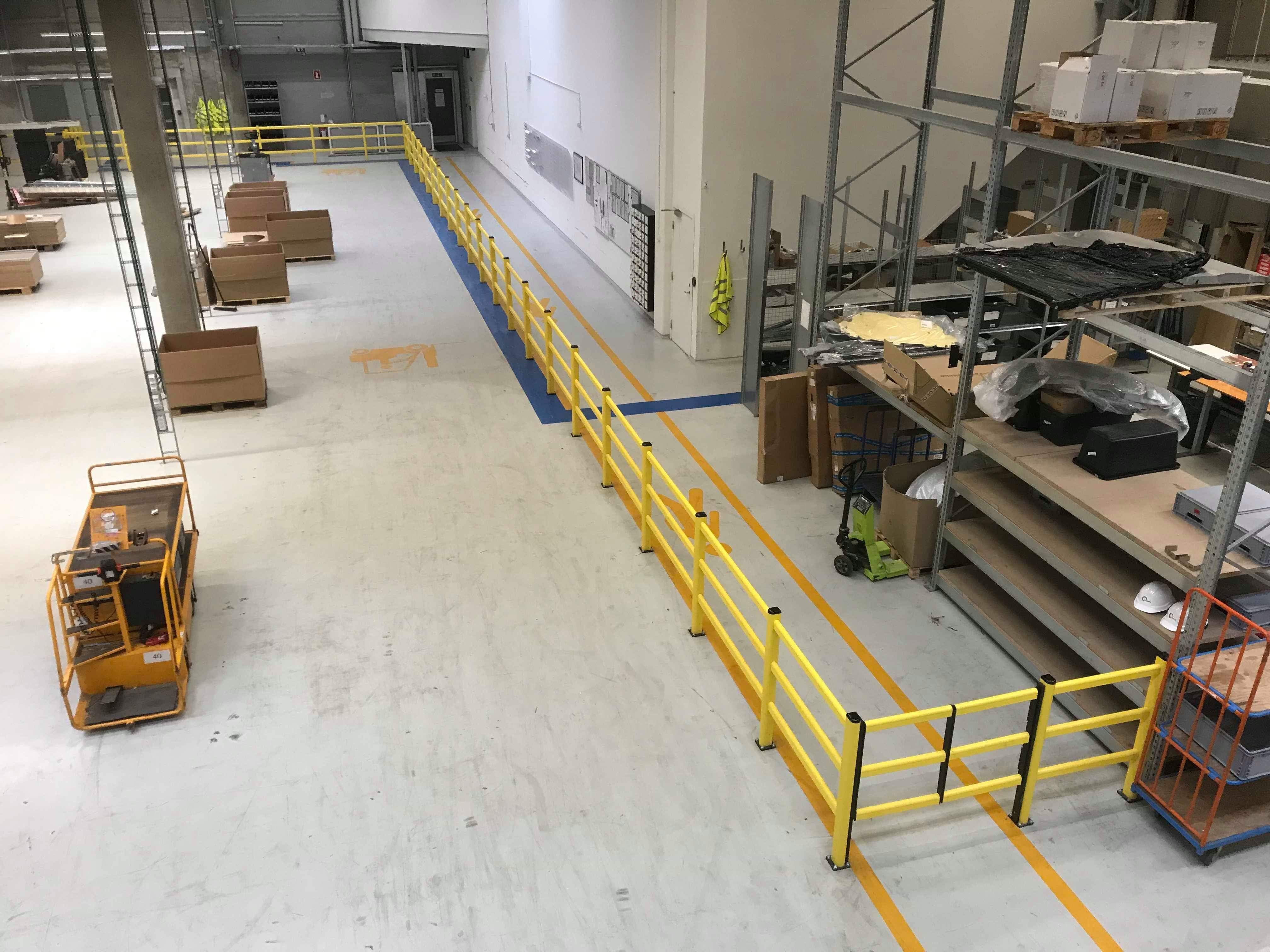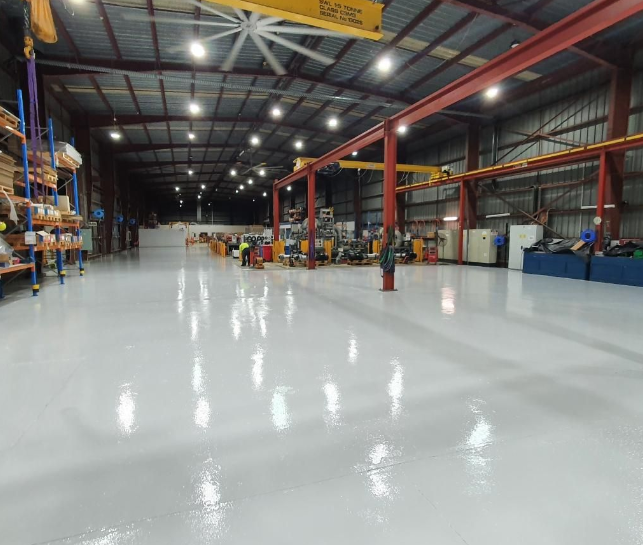A-safe vs Clarity's MPM barriers. Which are the best?
 By
Damian White
·
3 minute read
By
Damian White
·
3 minute read
If you’ve been doing any research on flexible industrial barriers, then you’ll probably know by now there are actually relatively few manufacturers and all claim to have the best barriers. The purpose of this article is to help you (the buyer) become fully educated about the type of barrier you need for your factory.
At Clarity VM, we like to help all our customers make educated decisions before they invest in any form of factory products. If you’re considering buying an MPM barrier or an A-Safe barrier for your factory then this is the right article for you. By the end of this article, you will have a knowledge of the main differences between MPM protections and A-Safe barriers.
The factors covered in this article are as follows:
- Cost
- Manufacturing location
- Different materials selection
- Different finish
- Different Profiles
- Modularity
- Product footprint
- Colour

- Cost
A-Safe barriers can be low cost, especially when they find themselves in a competitive situation at a global key account. However, mostly, once they have supplied some barriers into a factory or warehouse - they can become quite expensive. As a distributer of MPM barriers, Clarity's pricing is consistent whether this is your first initial roll-out of barriers or Phase 6 of a 3 year program.
Because of the modularity of the MPM barriers, you may find that the long-term cost of an MPM Barrier is significantly lower due to the fact that MPM barriers can be re-deployed to suit layout changes etc. When comparing pricing, always be sure that you are comparing similar barriers. See the checklist - what to look for when comparing different flexible industrial barriers.
2. Manufacturing Location
With a manufacturing site in Halifax UK, A-safe has easier access to the UK market. By contrast, MPM barriers are manufactured in Italy which can add weeks to the delivery date, especially if you factor in the European shutdowns in July/August. Some UK companies prefer to buy from other UK manufacturers. If this is you then A-safe may be a better option for you. If you're happy to use a non UK manufacturer, then either company will suit you.
3. Material Selection
Both MPM protections and A-Safe barriers are made from completely different plastics. MPM barriers are made from PVC derivatives and A-Safe is more similar to Polypropylene. Polypropylene offers excellent Thermoplastic properties making it good for extruding. PVC is also a good polymer for extruding and is used in many high-end architectural finishes including doors and windows, etc. Polypropylene is easier to recycle than PVC, although both polymers can be recycled. PVC is a harder tougher polymer than polypropylene.
4. Different Finish
Because PVC is a harder tougher polymer, it is less susceptible to scratching and is less porous, therefore preventing dirt pick up. PVC can be simply wiped down similar to conventional doors and windows whereas Polypropylene can suffer from dirt entrapment, and it can be ingrained in the surface, making the barriers extremely difficult to clean.
- Different profiles
One of the first things you’ll notice when comparing MPM barriers to A-Safe barriers, is that they are very different in profile shape. The A-Safe barriers have distinctive round rails and posts, whereas the MPM Rails and posts have a flat section or a flat face. The reason for the flat profile is to prevent forks and pallets from riding above or below the rails, as they are more likely to with the round profile section.
6. Modularity
Modularity has become a big selling point for MPM. Once a customer has invested in the right MPM barriers for the factory, there is very little cost incurred if they decide to move the layout because it is a truly modular design. Rails can be cut down to shorten them on site and barriers can be redeployed to other areas of the factory in the event of a layout change. The downside for MPM is that normally for most manufacturers, a layout change will mean a new set of barriers for a company, which means they miss out on potential business that other manufacturers would take advantage of.
7. Product Footprint
The combination of the highest strength polymer achieved with PVC and the flat faced profiles, means that the footprint from the MPM barriers can be up to 40% smaller than an A-Safe barrier. This is critical in factories where space is a premium and especially in factories seeking to comply with PAS 13 as there is also the additional deflection zone that should be factored in on any walkway.
Implementing a barrier with a smaller footprint, can mean that you have the correct impact resistance, deflection zones for pedestrian walkways, and save space.
8. Colour
Finally, the other major noticeable difference between an MPM barrier and an A-Safe barrier is the colour. A-safe tends to be more of an orangey colour whereas the MPM barriers are a sulphur yellow colour, similar to most ambulances in the UK. Neither colour is right or wrong, as caution signs for example only have to have over 50% of the sign in Yellow or Amber colour. The colour of the barriers you go for, really depends on personal preference.
In this article, you should now understand the main differences between A-Safe and MPM barriers, and how you can make your own educated decision when buying your own polymer barriers.
If you are ready to speak to an expert about your barrier requirements, please contact us here.




